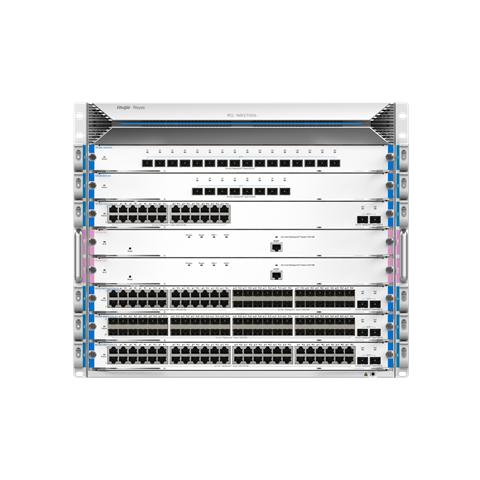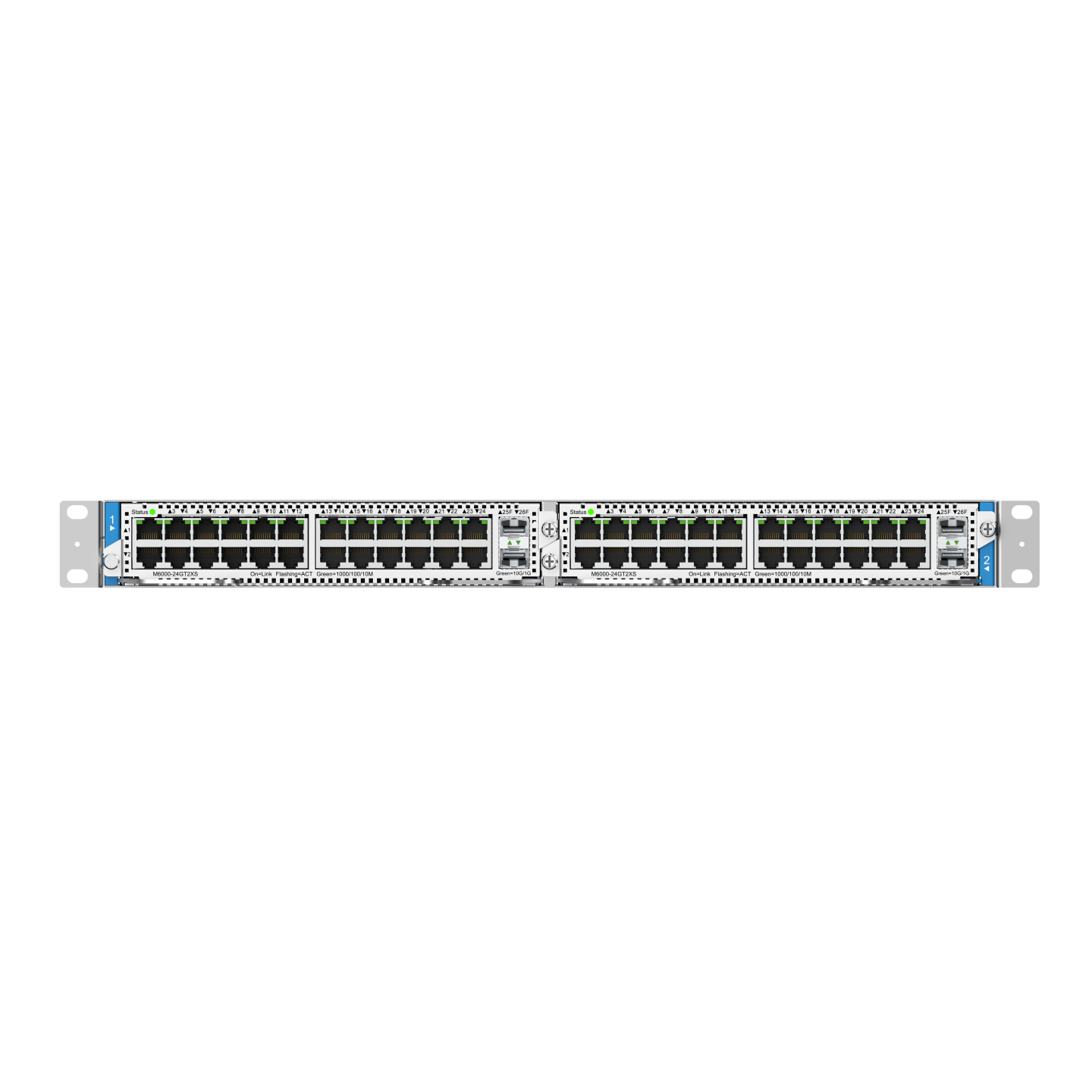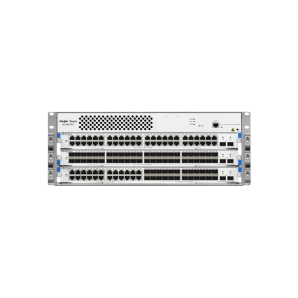As an IT professional, you have to be familiar with the switch layer 3 vs layer 2 differences for efficient network management. In this article, we'll explain the differences between these two kinds of desktop switches and how they can impact your network performance.
What is a Layer 2 Switch?
A layer 2 switch is a device that forwards and filters Ethernet frames based on MAC addresses. These switches are considered to be the most basic type of switch, but they're also used in many larger networks because they're easy to set up and manage. Layer 2 switches are ideal for small business and home networks because they allow you to connect multiple devices with a single cable run, making it easier for you to expand your network as needed without having to worry about running out of ports or cabling infrastructure.
What is a Layer 3 Switch?
A layer 3 switch is a network device that can perform routing and filtering functions. It's sometimes called a multilayer switch because it can route packets between different VLANs (virtual local area networks).
A layer 3 switch can be used as a router, firewall, and VPN concentrator. A router routes packets between networks while maintaining tables of where each host resides on those networks; firewalls filter traffic based on rules you set up; VPN concentrators allow remote users access over an encrypted tunnel into your network. Layer 3 switches can be used to create virtual local area networks (VLANs) and to set up port channels. They are also used to connect multiple VLANs.
Switch layer 3 vs layer 2 Key Differences:
1. A layer 2 switch is designed to perform Layer 2 functions, while a layer 3 switch performs both Layer 2 and Layer 3 functions (routing).
2. Layer 2 switches are less expensive and more efficient than layer 3 switches. They also have a lower learning time, which means they can be configured faster and easier.
3. Layer 2 switches are also more secure because they operate at the data link layer (Layer 2), where MAC addresses are used to identify nodes on the network. This means that each device on your network has its unique address--and therefore cannot impersonate another node's identity or access resources that aren't meant for it. In contrast, layer 3 devices use IP addresses for identification purposes; this makes them less secure because anyone can spoof an IP address if they know how to do so (and many hackers do).
4. A layer 2 switch is used to switch data between ports, while a layer 3 switch routes data between ports.
5. Layer 2 switches are cheaper and easier to configure than layer 3 switches. They're also better for small networks with fewer devices.
Layer 3 switches are more powerful than layer 2 ones because they can route traffic between two networks or subnets without having to use an external router (which would be a waste of resources). This makes them ideal for large-scale networks with many devices that need fast routing capabilities or high throughputs (like video streaming).
Points to Keep in Mind:
Apart from the key switch layer 3 vs layer 2 differences, it should be noted that a layer 2 switch can only perform a few functions. Layer 2 switches are not able to route packets, meaning they are limited to forwarding packets based on MAC addresses. This means the switch will only forward traffic to other devices on its local network segment--and not across other segments or through routers. Layer 2 switches also don't support NAT (Network Address Translation) or port forwarding (a service that allows you to open up ports in your firewall for specific applications).
Layer 2 switches are also called bridging or LAN switches. They don't know what port a packet is coming from or going to. Layer 2 switches only know about the MAC addresses of the stations connected to their ports, and forward packets based on those MAC addresses. In contrast, a layer 3 switch can be deployed when the network becomes complex, and more efficient and secure switching is needed. The main difference between these two types of switches is that they use different forwarding methods for packets when forwarding them from one port to another on the same device or across devices in your network.
Conclusion
If you're looking to make your network more efficient and secure, consider upgrading to a layer 3 switch. Layer 3 switches can perform more advanced functions than layer 2 switches, such as routing and NAT. Layer 3 switches also support VLANs and ACLs which are essential for security in large networks. I hope this article has helped you understand the switch layer 3 vs layer 2 differences. If you're looking to make your network more efficient and secure, consider upgrading to a layer 3 switch.
Featured blogs
- How to Reboot Switch and Reset It Manually?
- How to Connect Two Switches Together: A Comprehensive Guide
- 802.11 n vs 802.11 ac | Comparison of Upgrades and Functionalities
- Switch Access Setup Guide | General Practice and Common Mistakes
- How to Setup VLAN on Switch? | Definitions & Fundamental Differences
- How to Install Mesh Wi-Fi: Make Your Space No More Network Dead Spots
- Access Point vs Extender | Definitions & Fundamental Differences
- Multicast Address | Definitions, Pros/Cons, and its Working















